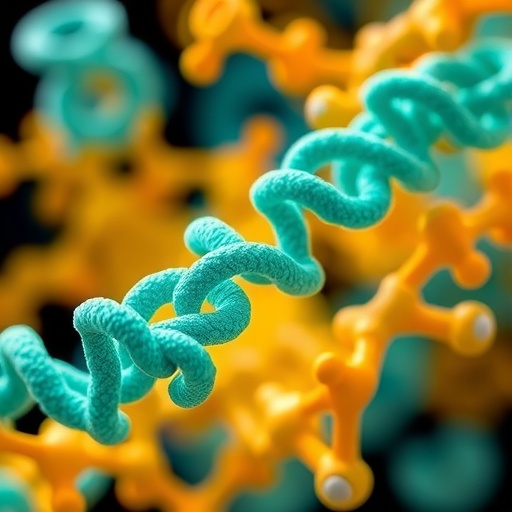The first step after buildings collapse from an earthquake, bombing or other disaster is to rescue people who could be trapped in the rubble. But finding entrapped humans among the ruins can be challenging. Scientists now report in the ACS journal Analytical Chemistry the development of an inexpensive, selective sensor that is light and portable enough for first responders to hold in their hands or for drones to carry on a search for survivors.
In the hours following a destruction-causing event, the survival rate of people stuck in the rubble rapidly drops, so it's critical to get in there fast. Current approaches include the use of human-sniffing dogs and acoustic probes that can detect cries for help. But these methods have drawbacks, such as the limited availability of canines and the silence of unconscious victims. Devices that detect a human chemical signature, which includes molecules that are exhaled or that waft off the skin, are promising. But so far, these devices are too bulky and expensive for wide implementation, and they can miss signals that are present at low concentrations. So, Sotiris E. Pratsinis and colleagues wanted to develop an affordable, compact sensor array to detect even the most faint signs of life.
The researchers built their palm-sized sensor array from three existing gas sensors, each tailored to detect a specific chemical emitted by breath or skin: acetone, ammonia or isoprene. They also included two commercially available sensors for detecting humidity and CO2. In a human entrapment simulation, the sensors rapidly detected tiny amounts of these chemicals, at levels unprecedented for portable detectors–down to three parts per billion. The next step is to test the sensor array in the field under conditions similar to those expected in the aftermath of a calamity.
###
The authors acknowledge funding from the Swiss National Science Foundation, the European Union's Horizon 2020 research and innovation program and the Austrian Research Promotion Agency.
The abstract that accompanies this study is available here.
The American Chemical Society, the world's largest scientific society, is a not-for-profit organization chartered by the U.S. Congress. ACS is a global leader in providing access to chemistry-related information and research through its multiple databases, peer-reviewed journals and scientific conferences. ACS does not conduct research, but publishes and publicizes peer-reviewed scientific studies. Its main offices are in Washington, D.C., and Columbus, Ohio.
To automatically receive news releases from the American Chemical Society, contact [email protected].
Follow us on Twitter | Facebook
Media Contact
Katie Cottingham
[email protected]
301-775-8455
@ACSpressroom
http://www.acs.org




